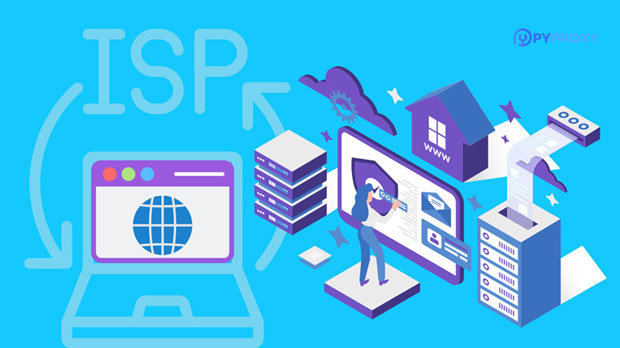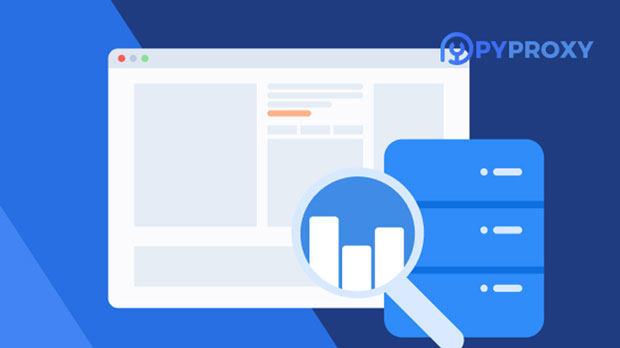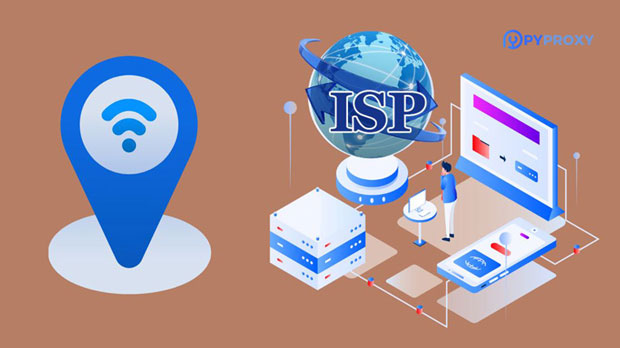How does proxy IP latency affect my network experience and how do I choose a low-latency proxy IP?
In the digital world, the experience of browsing or using online services is heavily influenced by network speed and stability. One of the key factors that can directly affect these aspects is the latency of proxy ips. Latency, in simple terms, refers to the delay before a transfer of data begins following an instruction for its transfer. When using proxy ips, a high latency can lead to noticeable delays in loading websites, streaming, or gaming, severely affecting user experience. Therefore, understanding the impact of latency and how to select a low-latency proxy IP is essential for a smoother and more efficient online experience. Understanding Proxy IP LatencyWhen we talk about proxy IPs, we refer to an intermediary server that acts as a gateway between a user and the websites or services they wish to access. These proxies are often used to mask the real IP address of the user for privacy reasons, to bypass geographical restrictions, or to manage network traffic. However, one of the drawbacks of using proxy IPs is that they introduce a level of delay due to the extra steps involved in routing the user’s data through a third-party server.The key metric to evaluate here is latency, which is the time it takes for a request to travel from the user's device to the proxy server and back again. This delay can be caused by a variety of factors including the physical distance between the user and the proxy server, the processing power of the proxy server, network congestion, and the overall quality of the connection.A higher latency typically results in slower data transmission speeds, which can negatively affect your network experience in several ways. Websites may load slower, video streaming can buffer more frequently, and online gaming might experience lag, leading to a less-than-optimal experience.Factors Influencing Proxy IP LatencySeveral factors contribute to the latency associated with proxy IPs. Understanding these factors can help you make informed decisions when choosing the right proxy service. Here are the most influential ones:1. Geographical Distance One of the most significant contributors to latency is the physical distance between the user and the proxy server. The farther away the server is, the longer it takes for data to travel to and from it. For example, if you are based in Asia and the proxy server is located in Europe, the data has to travel a much greater distance, resulting in higher latency. To minimize latency, it’s best to choose proxy servers that are geographically closer to your location.2. Server Load and Performance The load on the proxy server also plays a crucial role in determining latency. If a server is heavily loaded with multiple users, it can struggle to process requests promptly, increasing the delay. Moreover, the performance of the server itself, including its hardware and available bandwidth, can directly impact the latency. A server with more resources and less congestion will provide better performance.3. Network Quality The quality of the network connection between the proxy server and the destination site also impacts latency. This includes factors like bandwidth, packet loss, and jitter. A poor network connection can cause data packets to be delayed, lost, or corrupted, resulting in a slower browsing experience. Opting for a proxy with robust and high-quality network infrastructure is vital to reduce latency.4. Routing and Intermediary Hops Every time data is sent through the internet, it passes through several routers and intermediary systems. These intermediary hops increase the time it takes for the data to reach its destination. The more hops involved, the higher the latency. Some proxy services may route data through multiple servers before reaching the destination, increasing the total latency.Impact of Latency on Online ActivitiesThe latency of a proxy IP can have a significant impact on various online activities. Here’s how high latency can affect different internet experiences:1. Web Browsing High latency in proxy IPs leads to longer load times for websites. This means that pages may take several seconds longer to appear, making browsing feel sluggish and less responsive. For users who frequently access media-heavy websites, such as news sites, online stores, and social networks, this delay can be highly frustrating.2. Video Streaming Latency plays a crucial role in streaming services like video platforms and live broadcasts. A high-latency connection can lead to frequent buffering, long wait times for videos to start, and lower video quality. For users who enjoy watching movies, TV shows, or live sports events, this can ruin the overall experience.3. Online Gaming Gamers are particularly sensitive to latency. High latency can cause noticeable delays in commands, resulting in lag during gameplay. This delay can affect real-time multiplayer games, where fast responses are critical. Players may experience an unresponsive interface, delayed actions, or poor synchronization with other players, which negatively impacts the overall gaming experience.4. VoIP and Video Calls Latency can also cause issues for voice over IP (VoIP) services and video calls. High latency can result in audio delays, poor voice quality, and video lag, making communication feel unnatural and difficult. This is particularly important for business calls, remote work, or video conferencing, where a smooth conversation is essential.How to Choose Low-Latency Proxy IPsNow that we understand how latency affects the network experience, it’s crucial to know how to select low-latency proxy IPs to optimize your online activities. Here are some tips to ensure you choose the right one:1. Geographical Proximity The first step in minimizing latency is choosing a proxy server that is physically close to your location. Opt for proxy services that offer a wide range of server locations and select one that is geographically near you. For instance, if you are located in the United States, choosing a proxy server based in the U.S. will help reduce the delay compared to one located in Asia or Europe.2. Server Performance and Load Look for proxies that provide reliable performance with minimal downtime. Opt for services that offer information about server load, so you can avoid heavily congested servers. A server with lower traffic will provide faster data processing and a smoother experience.3. Choose High-Speed, Reliable Providers Not all proxy services are created equal. Some may use outdated infrastructure, leading to slow speeds and high latency. Choose proxy providers that offer high-speed connections and prioritize low-latency performance. It’s also helpful to check for service-level agreements (SLAs) that guarantee low latency and uptime.4. Test and Monitor Latency Before committing to a proxy service, conduct latency tests to measure the delay and performance of various proxies. Many services offer trial periods or performance benchmarks, so you can see how they perform under real-world conditions. Regularly monitor your proxy’s performance to ensure it continues to meet your latency requirements.5. Avoid Overuse and Shared Resources Shared proxies, where multiple users access the same server, can often experience higher latency due to resource contention. If possible, consider using dedicated proxies, which ensure that you have exclusive access to server resources, leading to a more stable and lower-latency experience.ConclusionIn conclusion, the latency of a proxy IP plays a crucial role in determining your overall network experience. High latency can negatively impact various online activities, such as web browsing, video streaming, online gaming, and VoIP calls. By understanding the factors that influence latency and carefully selecting low-latency proxy IPs, you can significantly improve your online experience. Choose proxy servers based on geographical proximity, server performance, network quality, and test results to ensure a fast, smooth, and efficient internet connection.
2025-01-31
























































